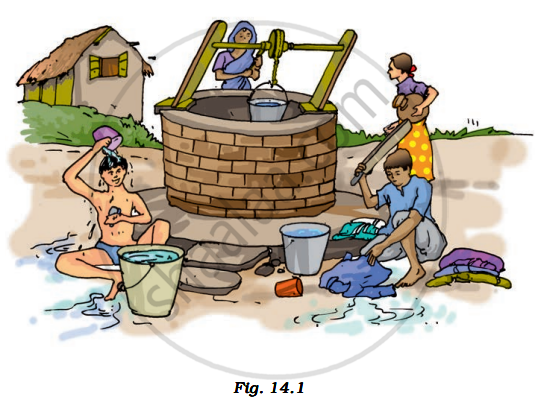Advertisements
Advertisements
Question
Identify A, B, C and D; first one is done for you.

Solution
(A) Latent heat of fusion: The latent heat of fusion is the amount of energy required to convert a solid to a liquid at atmospheric pressure and melting point.
(B) Latent heat of vaporization: The latent heat of vaporization is the heat energy necessary to convert a liquid to a gas at atmospheric pressure and boiling point.
(C) Latent heat of condensation: The latent heat of condensation is the amount of heat released when a gas is converted to a liquid at atmospheric pressure and boiling point.
(D) Latent heat of solidification: The latent heat of solidification is the heat energy released when a liquid transforms into a solid at atmospheric pressure and melting point.
APPEARS IN
RELATED QUESTIONS
Why do organisms need water?
Water has ...................... density and .................. volume at 4°C.
Match the statements in column A with that in column B.
| Column A | Column B |
| (a) deliquescent substance | (1) sodium bicarbonate |
| (b) hygroscopic substance | (2) magnesium chloride |
| (c) efflorestance substance | (3) conc. sulphuric acid |
| (d) substance causing temporary hardness | (4) washing soda |
What are its causes and how can water pollution be controlled ?
How are clouds formed?
How is rain produced?
What do you understand by soft water?
Fill in the blank:
The sample of hard water which lathers with soap after boiling and filtration contains _____.
Name one substance which is ‘deliquescent’.
Look at Fig. 14.1.

Write down activities shown in this figure in which water is being used.
